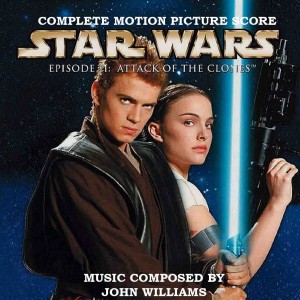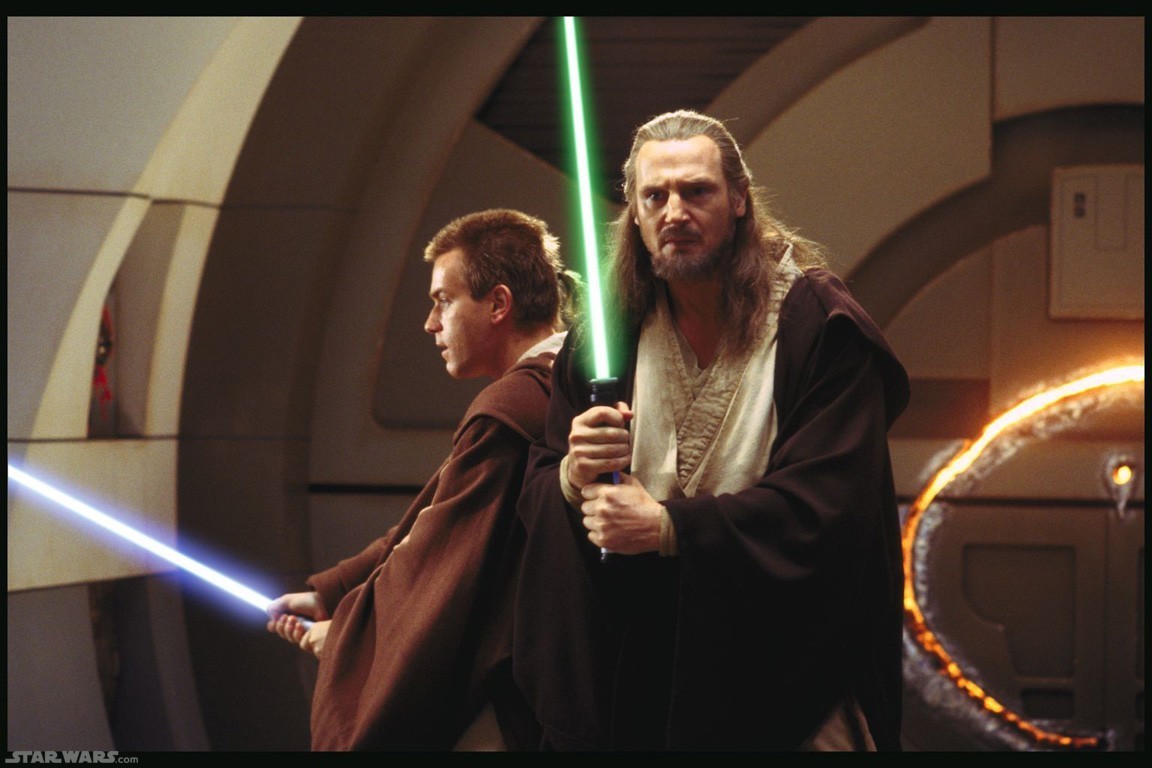

The crawl used in the film itself was a revised version by Brian De Palma and then–film critic Jay Cocks. Powerful enough to destroy an entire planet, its completion spells certain doom for the champions of freedom. To crush the rebellion once and for all, the EMPIRE is constructing a sinister new battle station. The EMPIRE fears that another defeat could bring a thousand more solar systems into the rebellion, and Imperial control over the galaxy would be lost forever. Striking from a fortress hidden among the billion stars of the galaxy, rebel spaceships have won their first victory in a battle with the powerful Imperial Starfleet. A brave alliance of underground freedom fighters has challenged the tyranny and oppression of the awesome GALACTIC EMPIRE. It is a period of civil wars in the galaxy. The content of the opening crawl itself, as originally written by George Lucas, was initially different during the production of the first film, and contained the following: The original version, without the subtitle, was not released, outside of the 1982 Laserdisc version, on home video until the 2006 limited-edition DVDs. Following The Empire Strikes Back, the film was re-released on April 10, 1981, with the subtitle Episode IV A New Hope. When originally released in 1977, the first film was simply titled Star Wars, as Lucas was not certain if he would follow the film with a sequel (and 20th Century Fox felt that alluding to a nonexistent "previous episode" would be too confusing). In a trademark of the film series, each title crawl ends with a four-dot ellipsis except for Episode VI, which ends with a three-dot ellipsis. The text scrolls upward into the distance, toward a horizon located just below the top of the screen. The text is in simple, yellow, sans-serif type, and it is pitched at a sharp angle. Some words or names are in all-capital letters to stress their importance to the story.


For instance, in Episode II: Attack of the Clones, the camera tilts upwards after the text finishes, rather than downwards as seen in all of the eight other films. Though each crawl is roughly similar, the individual films contain some differences in their presentation. The pre-1995 fullscreen version of Return of the Jedi opted to present the opening crawl unsqueezed, having the entire widescreen image appear in a 4:3 frame horizontally compressed. In the fullscreen (or pan and scan) versions, the sides of each line of opening crawl text are visible only after that line reaches the center of the screen. In the widescreen (or letterbox) versions of the Star Wars films, each line of the opening crawl text appears directly in its entirety from the bottom of the screen (with the exception of The Empire Strikes Back). In the current releases of Episodes IV–V and VII, News Gothic bold is used for the main body of the crawl and episode number, but varied versions of the News Gothic font are also used for the titles of the films. Two typefaces were used in the crawl: In current releases of episodes I–III and VI, News Gothic bold is used for the main body of the crawl and episode number, and Univers light ultra condensed for the titles of the films. A subsequent downward tilt reveals the film's episode number, the subtitle in all-capital letters, and a three-paragraph summary of events immediately prior to the events of the film. Each of the nine episodic Star Wars films begins with nearly identical openings, in which the text "A long time ago in a galaxy far, far away.…" is displayed, followed by the Star Wars logo over a field of stars.


 0 kommentar(er)
0 kommentar(er)
